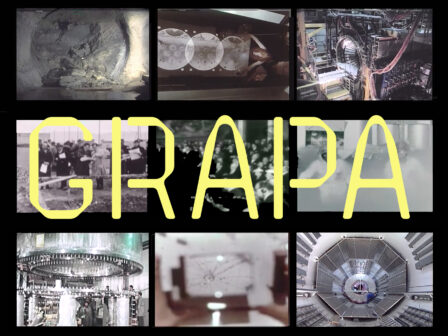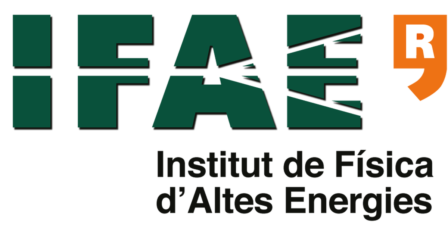Call for entries for Blanca Pujals’ ‘A Synthetic Universe’.

The long-term project A Synthetic Universe (2016 – ongoing) by Blanca Pujals examines the complex implications of soft power within the field of fundamental science. The project investigates what is often referred to as ‘science for peace’ through the transnational political treaties and the material infrastructures and architectures of the network of deep underground laboratories developed across the globe for the exploration of fundamental physics. These intricate sites constitute what the project calls sensing infrastructures, as they amplify new political and material interactions, offering a multiscalar, entangled organism of scientists, particles, liquids, data, politics, and technologies. These infrastructures reveal the social, political, and territorial implications of particle physics at local, regional, national, and global scales.
In addition to by its infrastructures, the project also highlights the ambivalence of scientific neutrality through an examination of the neutrino, the neutral elementary particle. Through this process, the neutrino helps to rethink the notion of neutrality, an idea challenged by the particle’s own dynamic existence in different and coexisting quantum states, oscillating as it propagates through space. By barely interacting with matter, the neutrino also becomes an anomaly for the Standard Model of particle physics, which proposes an ambiguous spatial and material condition of the neutral. This indeterminacy and ambivalence opens up critical and speculative possibilities about matter and allows us to reformulate concepts such as neutral and neutrality.
The articulation of A Synthetic Universe within the framework of GRAPA proposes two distinct phases of work. The first phase, planned for 2024, involves experimentation in collaboration with the theoretical and experimental physics departments of the Institute of High Energy Physics (IFAE) and the Institute of Cosmos Sciences (ICCUB), that work with neutrinos and other cosmic multimessengers, and use detection methodologies such as scintillation to explore how to create links through secondary traces with the matter imperceptible to our electromagnetic spectrum (spectral matter, which comprises 95% of the known matter and energy in the universe). Photons—light—interact with our atomic structure and stop at our skin, yet neutrinos pass through all tissues, cells, and atoms, as if we were transparent.
The second phase, scheduled for 2025, will bring together a transdisciplinary group to explore ways of relating to other spectra or dimensions, based on the concept of neutrality reformulated through the neutrino particle, which shows us that neutrality does not imply inaction or lack of interaction. This group will be activated by experimenting with the systems and methodologies of scientific detection and representation of the non-perceptible, previously tested at IFAE. The project questions whether, by following neutrino traces, we can detect not only messages from deep spacetime but also those linked to contemporary politics.
Open Call for the Selection of the Study Group
The study group, composed of ten participants, will function as a space for knowledge transfer and experimentation, working in connection with various institutions and forms of knowledge through an engaging itinerary of artistic and scientific activities. The group will take part in constructing a subatomic particle detection device at IFAE (Institute for High Energy Physics), visit and detect subatomic particles inside a cavern in the Cardona salt mine, participate in a blue light experimentation workshop with artist Jou Serra at Hangar, and engage in a supernatural horror-themed narrative writing session inside the Faraday cage at IFAE.
To be part of the study group, you can submit your application by completing the following form before February 17, including your personal details and a short text explaining your background and motivation for participating. The week of February 21, we will contact the selected participants.
Schedule and programme
GRAPA is part of the Red ACTS project promoted by the Daniel and Nina Carasso Foundation and Hac Te, with the aim of creating a common space at the state level that makes possible a fluid environment of collaboration between transdisciplinary research practices and knowledge transfer.
Image: still from the three-channel video installation ‘A Synthetic Universe: The Unmaking of Microscopic Bonds in Transnational Space’. Blanca Pujals, 2016. (Images in the still are from CERN’s historical archive, ©CERN)
A project by:

Collaborators:


![]()
Supported by:

Categories: Agenda Hangar | Tags: grapa
